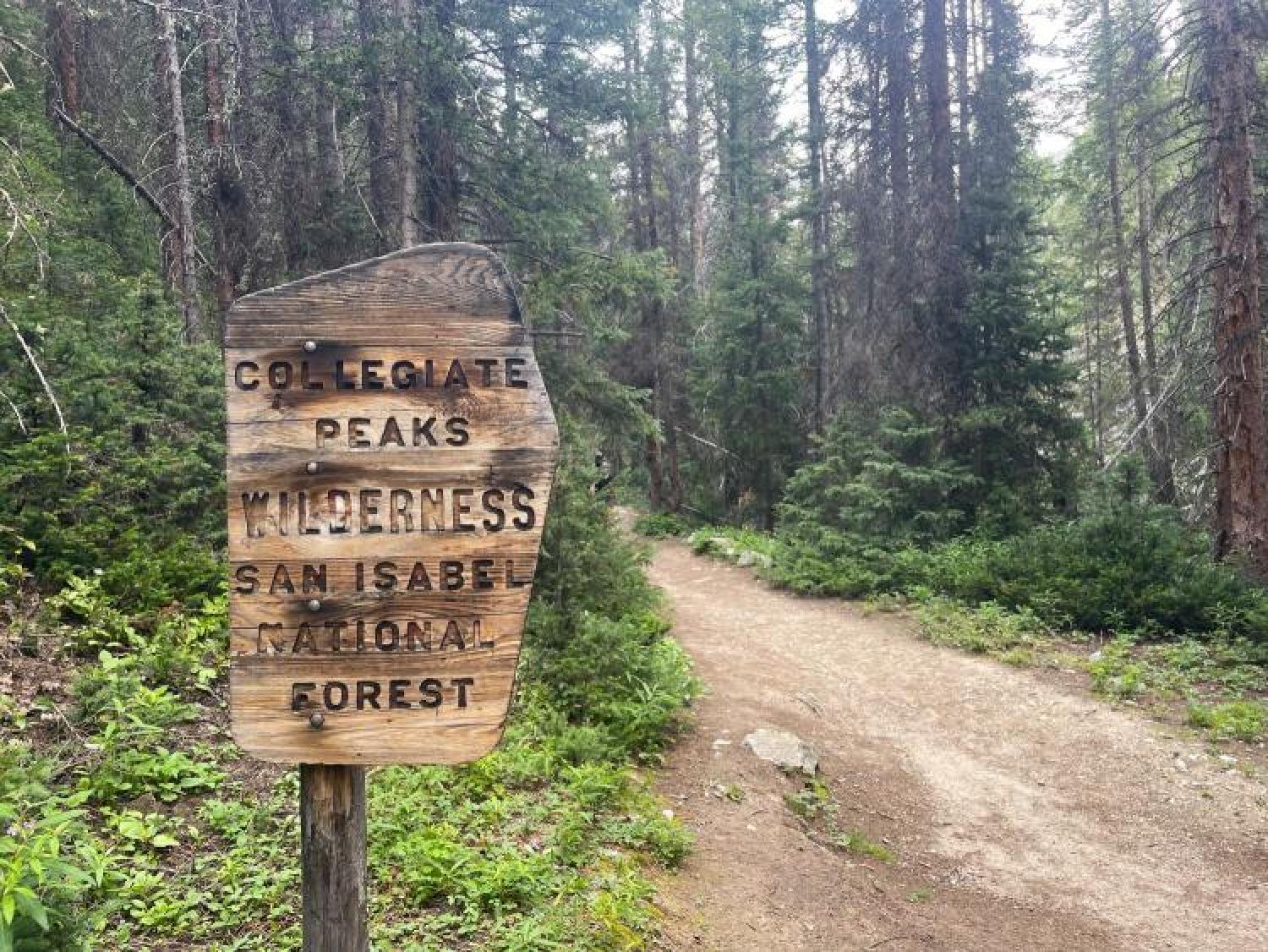The Wilderness Act Turns 60
CU Boulder’s Paul S. Sutter looks back on the history of the Wilderness Act as it approaches its diamond jubilee
Introduction
Passage of the Wilderness Act was anything but a foregone conclusion.
First introduced in Congress in 1956, the “often-sidetracked Wilderness Bill,” as New York Times writer William M. Blair called it, underwent 65 revisions before finally surviving the House and the Senate and being signed into law by President Lyndon B. Johnson on Sept. 3, 1964.
“It was an eight- or nine-year period,” says Paul S. Sutter, professor of environmental history at the University of Colorado Boulder and author of Driven Wild: How the Fight against Automobiles Launched the Modern Wilderness Movement. “There are not too many pieces of legislation with such a lengthy history.”
A lengthy history and a rocky one, with as many ups and downs, peaks and valleys as the terrain the Wilderness Act protects. But to understand that history, says Sutter, one must first understand what wilderness is.
The modern wilderness idea
The Wilderness Act defines “wilderness” as follows:
A wilderness, in contrast with those areas where man and his works dominate the landscape, is hereby recognized as an area where the earth and its community of life are untrammeled by man, where man himself is a visitor who does not remain.
That peculiar word, “untrammeled,” is crucial, says Sutter. “A lot of people assume it means ‘untrampled,’ but it doesn’t.”
To “trammel” something, Sutter explains, is to hinder or restrict its freedom of action. “So to trammel wild nature is effectively to harness it to human economic forces and activities.”
This desire to safeguard large stretches of land against such forces led to what Sutter calls the modern wilderness idea, or “the idea that we ought to be protecting lands from modern development as much as possible.”
That means, among other things, no roads. Roads are the oil to wilderness’s water.
“[T]here is no use fooling ourselves,” wrote Ansel Adams, whose photography captured the ethos of the modern wilderness idea and posthumously earned him a wilderness area in his name, “that nature with a slick highway running through it is any longer wild.”
It’s this roadlessness, along with prohibitions against motorization and mechanization, that distinguishes wilderness areas from other nationally protected lands, says Sutter.
“A wilderness area doesn’t have visitor centers, doesn’t have bathrooms, doesn’t have the amenities we come to expect when we go to somewhere like Yellowstone or Yosemite. You have to go into a wilderness area either carrying everything you need or living off the land.”
Read the full article here

Collegiate Peaks Wilderness sign

